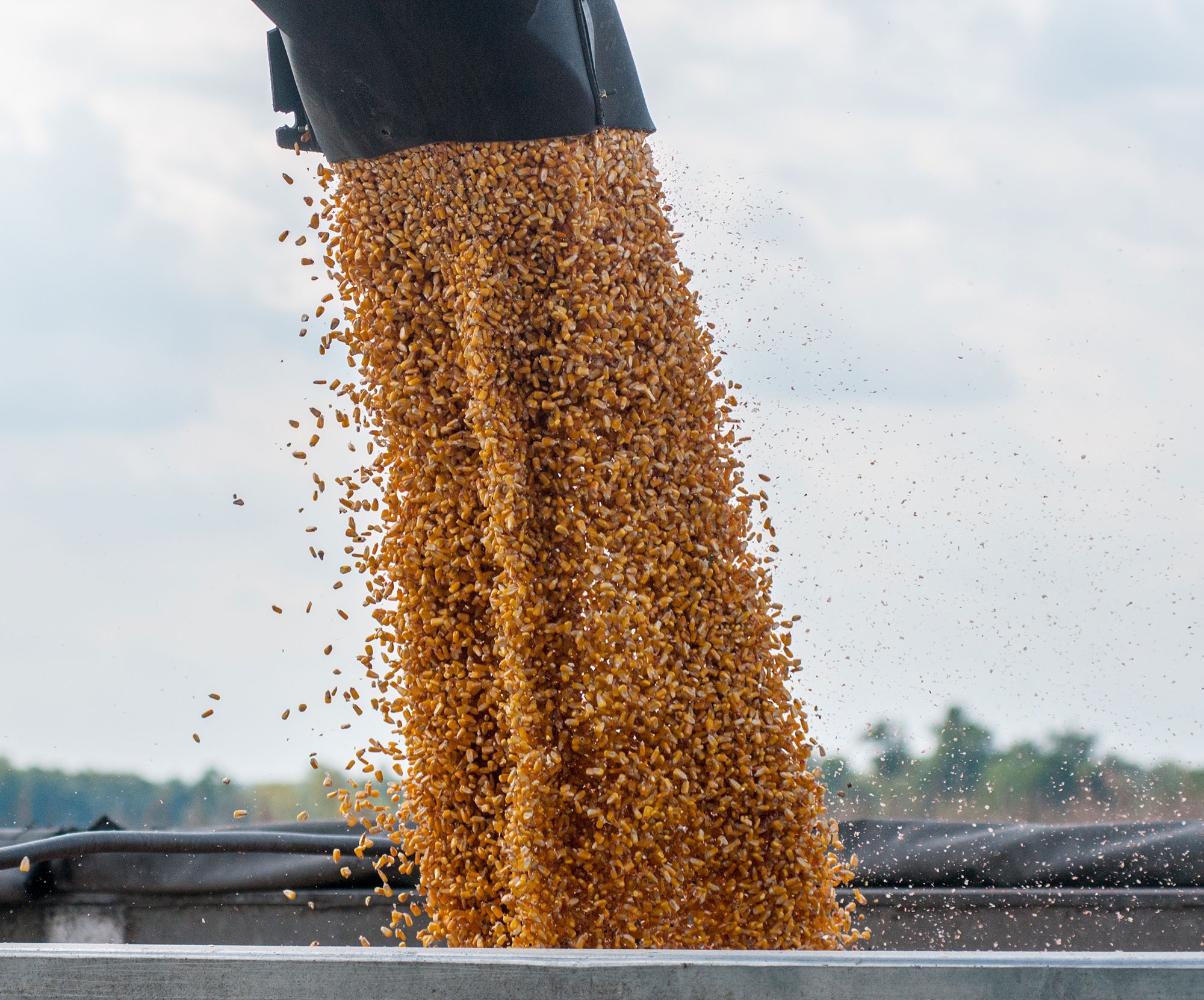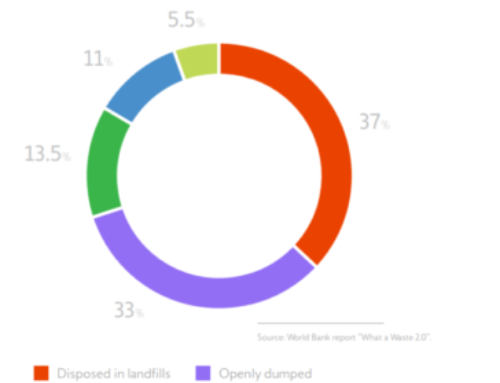In January 2011, the U.S. Occupational Safety and Health Administration (OSHA) issued a citation to the Didion Milling Plant in Cambria, Wisconsin for failing to protect their employees against dust explosion hazards. Explosions of this type can occur when grain dust that is confined to tight spaces is ignited by a spark or fire.
On the night of Wednesday, May 31, 2017, an explosion destroyed the plant. Five people were killed, sixteen were injured, and one survivor lost his legs after he was pinned under a train car. By early Thursday, local officials were able to contain the massive fire caused by the blast.
A fire had broken out in the factory on Monday, however, the company stated that it was unrelated to the Wednesday night explosion. The suspected cause of the blast is a dust explosion, though the official cause has not been announced. The situation is under investigation by OSHA, the Wisconsin Depalousrtment of Justice, the state fire marshal, and Didion Milling Incorporated.
Dust explosions cause deaths across the U.S. each year. Many factories produce hazardous dust, which can be ignited by a spark created by something as simple as a metal tool scraping the ground. Though a factory may appear to be clean, dangerous dust may be gathering at the ceiling.
Grain dust was recognized as a hazard over twenty years ago, and since then, the average number of annual casualties has declined. Inspectors are now better trained about the risks of a dust explosion. However, the problem has not been eliminated.
Dust accumulation from the production of grain, plastic, iron, sugar, aluminum, and other materials causes a workplace to become hazardous and potentially fatal for workers when regulations are not followed or inspectors fail to see the risk factors.







Leave A Comment